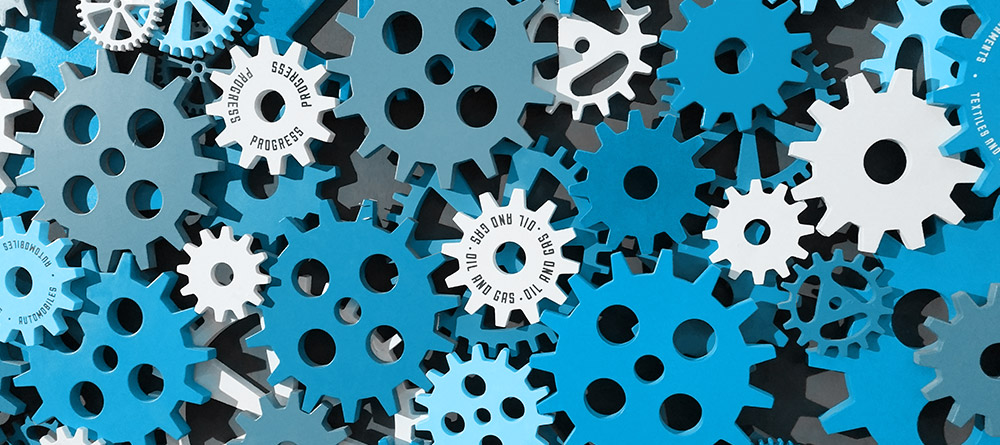Molecular design of high quality materials for 3D printing
The main goal of the project is the development of a selection of polymeric materials that perform optimally as filaments (3D printing raw materials).
The project team first investigates the success factors of most commonly used polymer in 3D printers: Polimilic acid (PLA). Next, we will investigate how the PLA's can be improved with secondary tools, such as germinators and material-specific flow conditions. Then, the molecular preconditions for polyamides and polyurethanes (two promising polymers) in filament production are investigated and compared to the molecular preconditions for 3D printing: do these preconditions match or are compromises necessary? And how do tailor-made polymers perform?

Contact: Jules Harings
Intended results
- Development of high-performance polymers for 3D printing. To this end, the now separate processes of the value chain must be linked by involving professionals from all domains in the project.
- Implementing the acquired knowledge in education through SME internships with consortium partners and Communities for Development (CfDs). Within a CfD, students work together with an experienced professional from the business community. The professionals are coached by senior lecturer researchers from the Applied Sciences programme. In addition, students and lecturers from other Zuyd University programmes, material technology students from Fontys Leeuwenborgh (mbo) and students from Maastricht University will also participate in the CfDs. Annually at least 8 students will participate in the research.
- Dissemination of knowledge via internal and external newsletters, 2 events and via the networks and websites of the participating parties.
Background
3D printing gets a lot of media attention because of the almost unlimited design possibilities. The printing successes achieved in the art, medical and industrial sectors have created high expectations. Not only in the consumer market, but also in the sector for functional biomedical products. However, the successes are largely based on metal moulded parts and living fabric. On the other hand, the printing speed and quality of polymeric objects are poor, according to printer manufacturers, service providers and manufacturers of medical implants. In order to take 3D printing techniques to a higher level, polymers are needed that can print functional parts with sufficient mechanical properties and long-term dimensional stability within an acceptable timeframe.